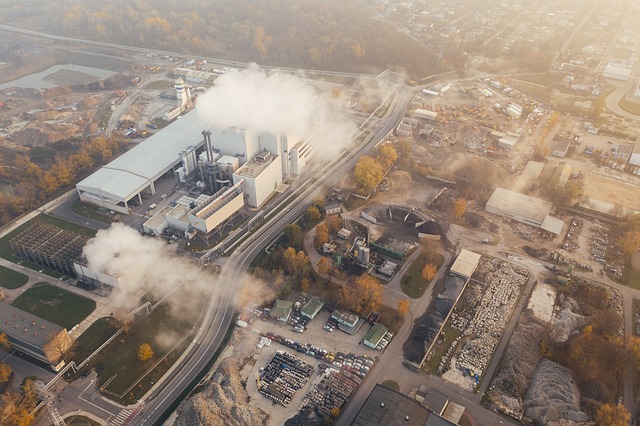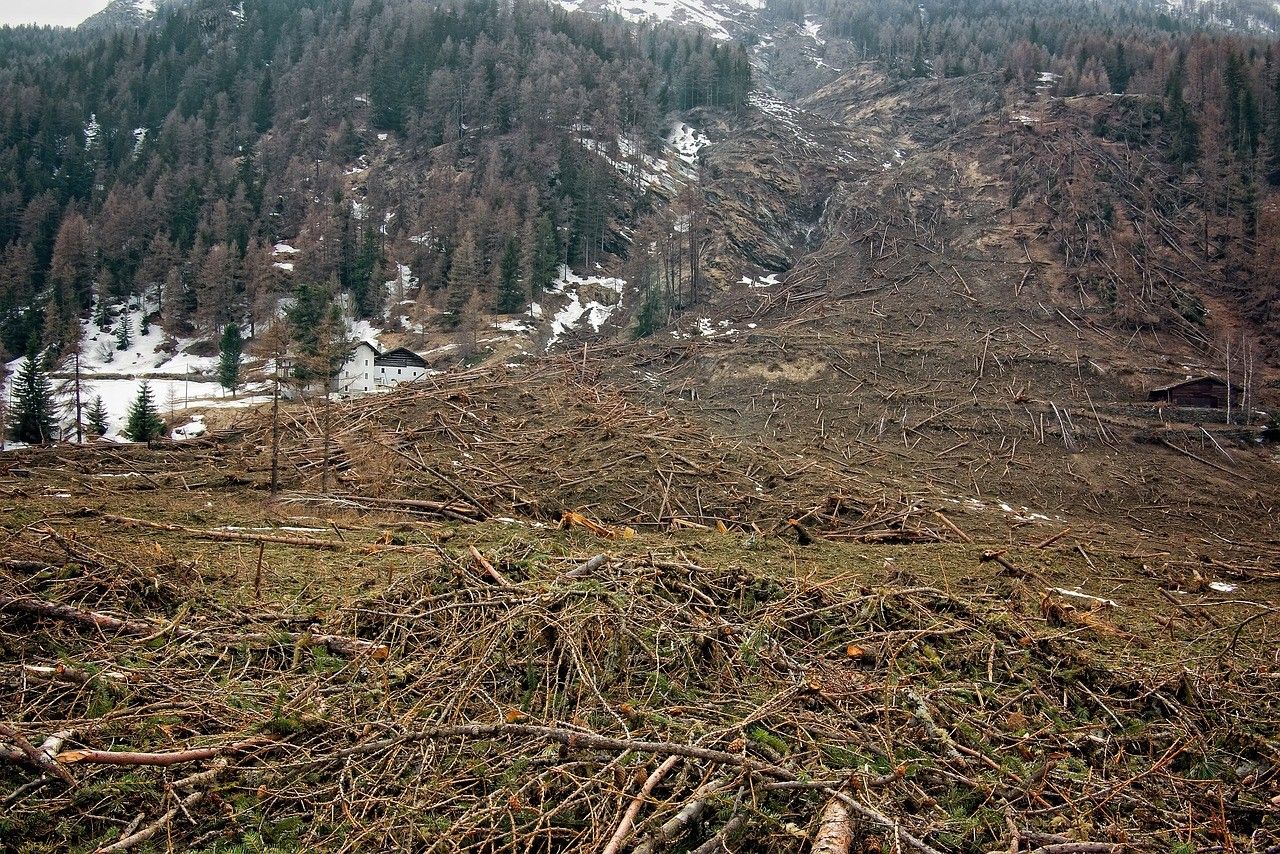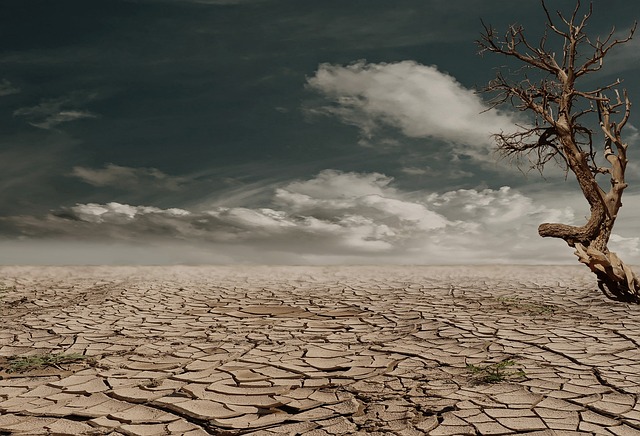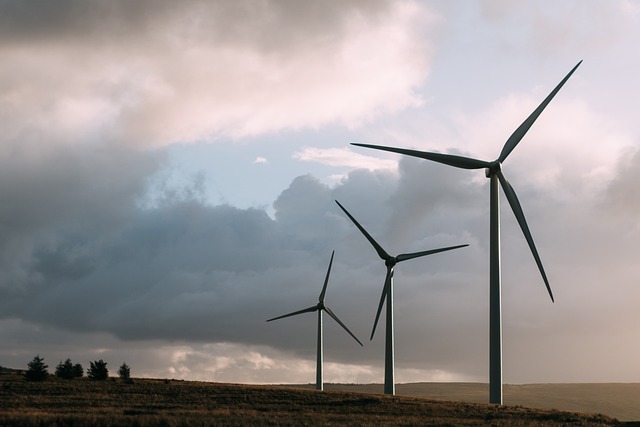Free Climate Change Article Template
CLIMATE CHANGE ARTICLE
"Unveiling the Climate Crisis: An Educational Guide"
Written by: [YOUR NAME]

I. Introduction
Climate change is one of the most pressing issues of our time, impacting ecosystems, economies, and communities worldwide. Understanding the causes, effects, and solutions to climate change is essential for both current and future generations. This article aims to provide a comprehensive overview of climate change, its causes, impacts, and what individuals and communities can do to mitigate and adapt to its effects.
Key Takeaways
-
Climate change is primarily caused by human activities, including the burning of fossil fuels and deforestation.
-
The impacts of climate change include rising temperatures, melting ice caps, and extreme weather events.
-
Mitigation and adaptation strategies are essential for addressing climate change and building resilience to its effects.
II. Causes of Climate Change
-
Greenhouse Gas Emissions: The primary driver of climate change is the release of greenhouse gases, such as carbon dioxide (CO2), methane (CH4), and nitrous oxide (N2O), into the atmosphere. These gases trap heat, leading to a warming effect known as the greenhouse effect.
-
Deforestation: The clearing of forests for agriculture, logging, and urbanization contributes to climate change by reducing the number of trees that can absorb CO2 from the atmosphere.

-
Burning of Fossil Fuels: The burning of coal, oil, and natural gas releases large amounts of CO2 into the atmosphere, further enhancing the greenhouse effect.
According to NASA, the Earth's average surface temperature has risen by about 1.2 degrees Celsius since the late 19th century.
The Intergovernmental Panel on Climate Change (IPCC) states with high confidence that human activities have been the primary cause of global warming since the mid-20th century.
III. Impacts of Climate Change
-
Rising Temperatures: Global temperatures are rising, leading to more frequent and severe heatwaves.
-
Melting Ice Caps and Glaciers: The melting of ice caps and glaciers contributes to rising sea levels, threatening coastal communities and ecosystems.
-
Extreme Weather Events: Climate change is linked to an increase in extreme weather events, such as hurricanes, droughts, and wildfires.

-
Ecosystem Disruption: Many plant and animal species are struggling to adapt to rapid changes in temperature and habitat loss caused by climate change.
"Climate change is the greatest threat to global health in the 21st century."
- World Health Organization
IV. Mitigation and Adaptation
-
Reducing Greenhouse Gas Emissions: Individuals can reduce their carbon footprint by using energy-efficient appliances, reducing waste, and using public transportation.
-
Conservation and Reforestation: Protecting and restoring forests helps to absorb CO2 from the atmosphere.
-
Renewable Energy: Transitioning to renewable energy sources, such as solar and wind power, can reduce reliance on fossil fuels.

-
Adapting to Climate Change: Communities can prepare for climate change impacts by improving infrastructure, implementing early warning systems, and protecting natural ecosystems.
Did You Know?
In 2019, the concentration of CO2 in the atmosphere reached 410 parts per million, the highest level in human history.
V. Conclusion
Climate change is a complex issue that requires collective action at the global, national, and local levels. By understanding the causes and impacts of climate change and taking steps to mitigate and adapt to its effects, we can work towards a more sustainable future for all.